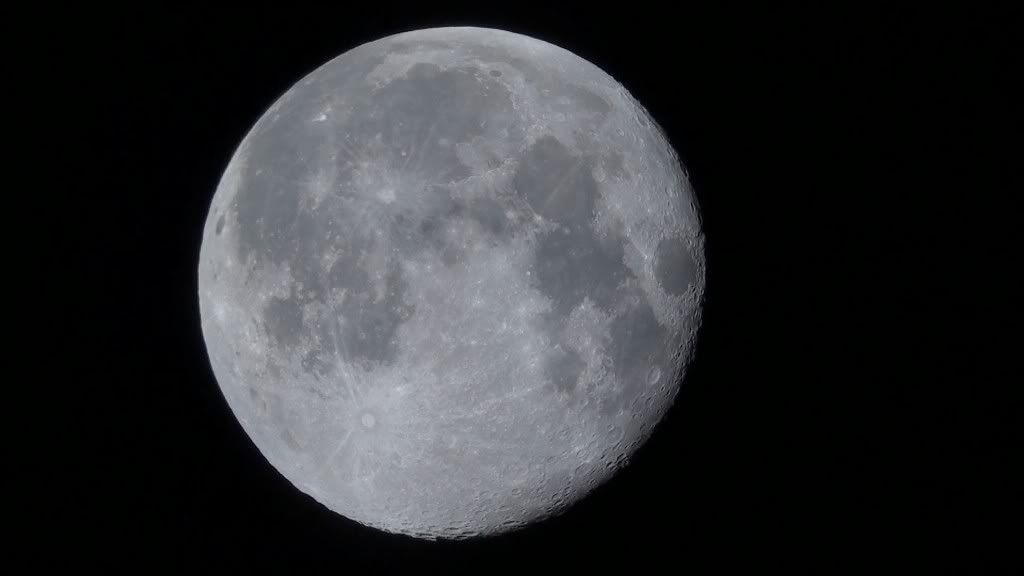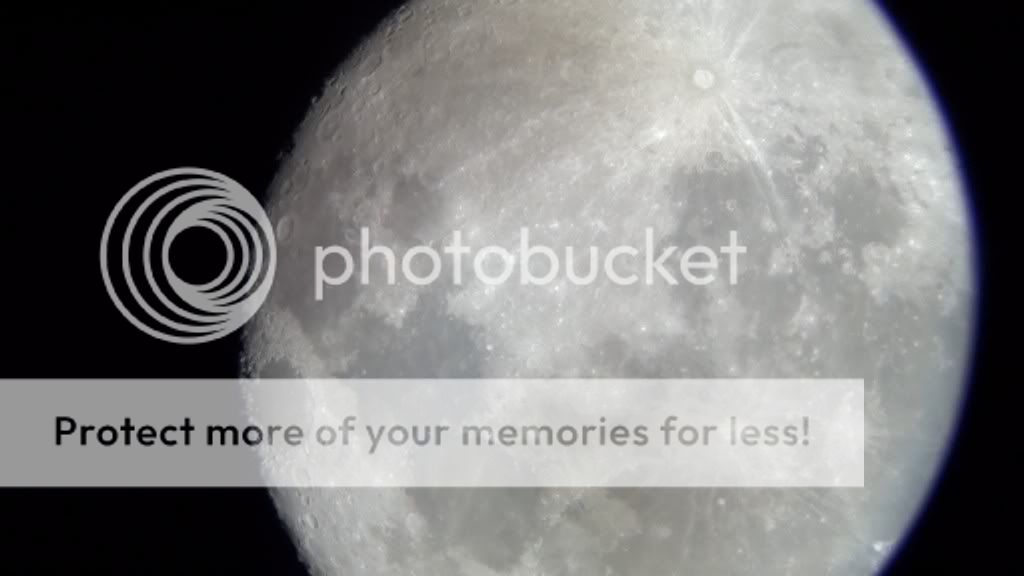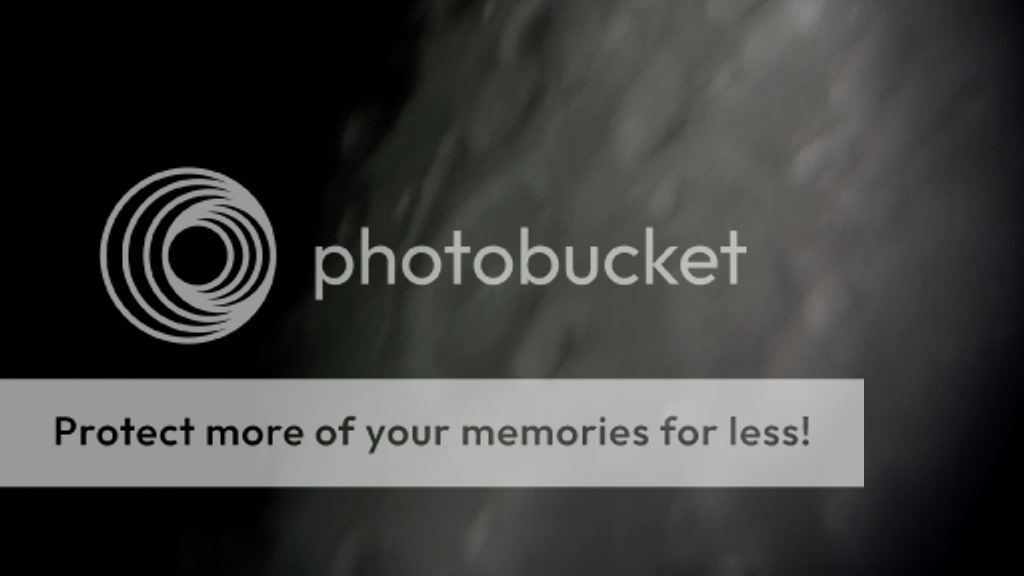Most of the photos I make are made from shooting, are video captures from Sony HDR CX-105 camera through my telescope reflector 8 ".
This article is about using my Sony CX105 to the telescope.
First to introduce the camera:
The camera has Carl Zeiss Vario-Tessar lens
10x optical zoom is perfect for craters of the Moon, or planets. If using 20mm Super Plossl eyepiece, the whole Moon disk is seen in the video (the camera with no optical zoom * no zoom, is 50x with 20 mm eyepiece).
The digital zoom is up to 120x, but do not use it at all, because you will only zoom your pixels.
CX105 is filming 1920 x 1080i, high-definition resolution video, and recording in AVCHD format.
Vignetting of the image edges is present at up to 7x optical zoom. From this approach, vignetting begins to disappear * using 20mm Plossl and 2x Barlow lens.
With 2x Barlow lens and eyepiece of 20mm, each 1x, 2x, 3x... 9x camera zoom ..., means hundreds of times, ie, 100x, 200x, 300x, 1000x ... to the maximum.
To better understand:
-telescope focal length 1000 mm
-eyepiece: 20 mm.
-Barlow-lens: 2x
-camera optical zoom: up to 10x
Calculation: 1000:20 = 50 (or 50x)
50 x 2 = 100 (or 100x with Barlow lens)
100 x 10 = 1000 (or 1000x at 10x optical camera zoom)
* at 1000x power atmosphere must be good.
Examples of vignetting:
I used the telescope, 20mm Plossl eyepiece, 2x Barlow lens and camera CX105.
Video capture at a total magnification of 100X, no zoom in camera. The atmosphere was very bad, but this approach is not observed turbulent atmosphere.
Video capture at a total 300x zoom, zoom and 3x camera zoom. At this zoom, image is still not defocused because the camera is still forces to focus. Vignetting is higher.
Video capture at a total 500x zoom, and 5x camera zoom. The image is already blurred, defocused, this time having to work by focusing the image from the telescope, resulted in the image below.
Video capture at a total 600x zoom with 6x zoom from the camera. I conducted focus of the telescope, but the image is only less improved, because the atmosphere was very bad, but vignetting is what interests us here.
Video capture at a total 700x zoom, from 7x camera zoom. Vignetting is reduced, black margins going to exreriors.
Video capture at a total 800x zoom, from 8x camera zoom. Visibility through the telescope in the evening of October 13, 2011 was so bad that I did not zoom further. But what is important is that you can see how black matgins begin to disappear, and the 10x optical zoom the camera (ie, total magnification 1000x), the image is completely devoid of it as shown below. At this zoom atmosphere should be very good.
Shooting focal and afocal through a telescope.
With this camera shooting is afocal only, meaning through the eyepiece. Mounting directly to the telescope and no eyepiece it's not possible, and even if it could, you would only see the secondary mirror.
Vignetting is caused by the physical dimensions of several lens elements. Elements from behind are shaded by the elements in front of them, which reduces the effective lens opening. The result is a gradual decrease in light intensity at the periphery of the image. Optical vignetting is sensitive to lens aperture.
Camera memory is 8 internal gigabytes and 8 external gigabytes on memory card. On the telescope I only need 8 gigs, because the battery lasts 8 gigs of recording. If I use the camera on the balcony.
LCD is 2.7 "and is rotating. It helps me to look at the film from several angles, without getting into an awkward bow with rotation telescope.




 Sunday, January 08, 2012
Sunday, January 08, 2012
 Unknown
Unknown










 Posted in:
Posted in: 


1 comments:
Hi Victor, thanks for this item - I should have found it before I asked, it explains things very well! If you're still looking for a 30mm - T/T2 adaptor, I know a shop that sells one quiet cheaply; £6.99. All the best, Nick
Post a Comment